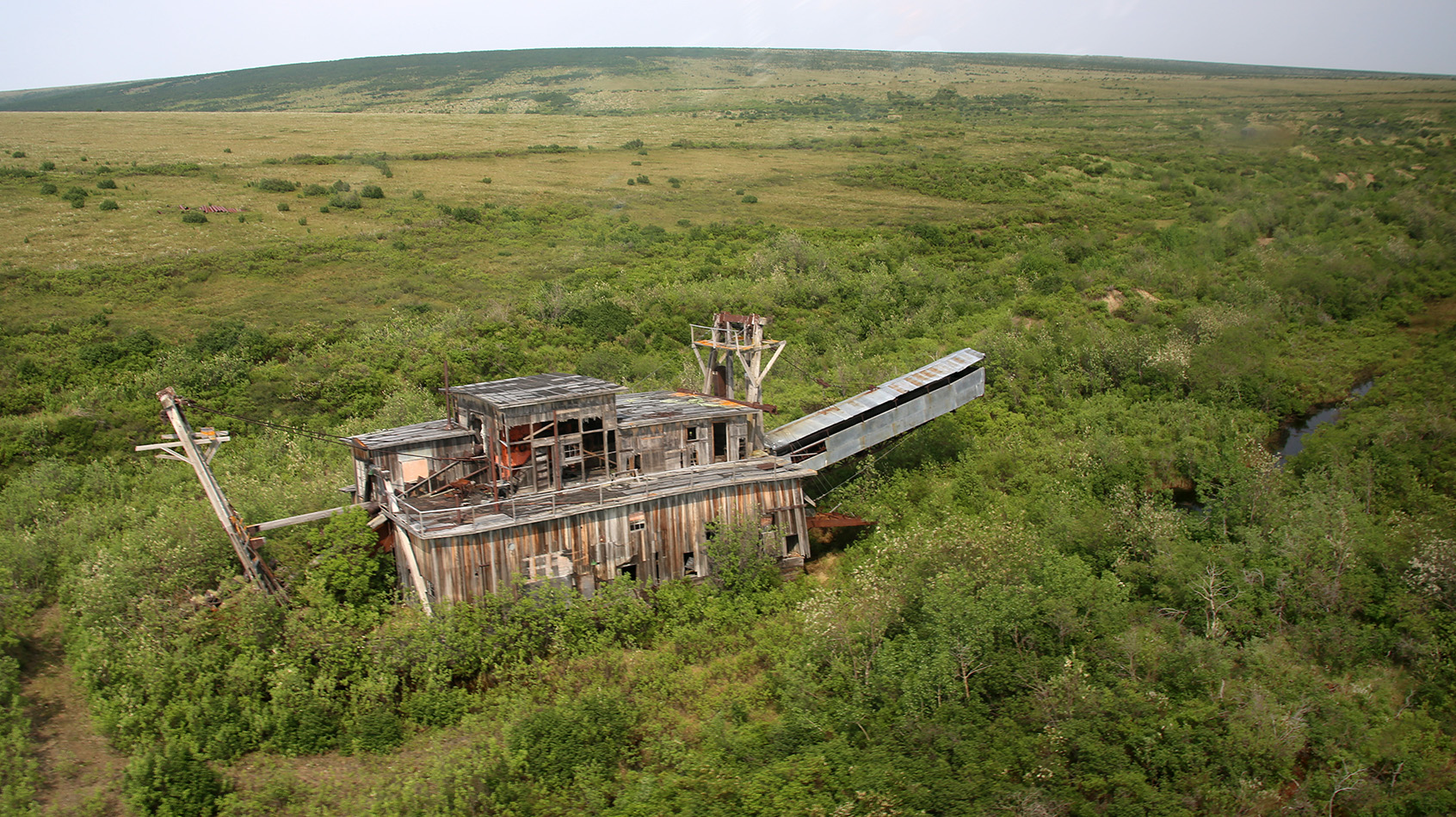

Extra horsepower was needed occasionally for such things as hoisting the "spud" (pivot) and the gangplank. The dredge was electrically powered from the Company's hydro plant on the Klondike River about 30 miles away, requiring 920 continuous horsepower during the digging operation. The dredge could dig 48 feet below water level, and 17 feet above water level using hydraulic monitors and washing the gravel banks down. It has a displacement weight of over 3,000 tons, with a 16 cubic foot bucket capacity. 4 is 2/3 the size of a football field and 8 stories high. The dredge was rebuilt on Bonanza Creek by the Yukon Consolidated Gold Corporation and from 1941 to 1959 worked the Bonanza Creek valley.ĭredge No. The ground at the mouth of Hunker Creek was so rich the dredge produced as much as 800 ounces of gold in a single day on Claim 67 Below. In 1927, it was refloated and continued to operate from the Klondike Valley to Hunker Creek. It commenced operations in May of 1913, and dug its way upstream in the Klondike Valley into what was known as the "Boyle Concession," sinking there in 1924. 4 was built during the summer and winter of 1912 for the Canadian Klondike Mining Company on Claim 112 Below Discovery on Bonanza Creek. The largest wooden hull, bucket-line dredge in North America, it was designed by the Marion Steam Shovel Company. 17 Below Discovery on Bonanza Creek near the spot where it ceased operations in 1960. One of the two dozen dredges that worked this area, Dredge No. Not long after gold was discovered in large quantities in the Klondike, dredges were brought into the Yukon, the first dredge being built in the fall of 1899. The newer/larger dredges like this one got to the bottom of the gravel and even a few feet into the bed rock - very profitable operation. This dredge operated from 1913 to 1960, was refurbished several times along the way, was all electric powered using power brought in via pole lines from a power plant in the area. Restoration of the dredge started in 1991 and tours are now offered. There once were two of them, built and operated by the same company. I visited Gold Dredge #4, the largest wooden dredge in North America.

Parks Canada has acquired numerous things related to the gold rush and is refurbishing them and offering tours. There is also gold on "benches" up on the hillsides where a river bottom existed prior to the last ice age (or something like that), anyway historically they also used water cannon to wash the hillsides down (like was done in northern California) and now use bulldozers. The steam bottoms have been processed by hand and by dredges multiple times over the years. Near by is a claim that is open to the public for panning - a person can stay only three days. Most of the area is still covered by active mining claims - now using bulldozers and scoop shovels to process the ore. (6.74 mi) Torreys Burnt Creek Inn (3.50 mi) Historic Cabin in the Yankee Fork Valley north of Stanley, ID (6.11 mi). On August 6, 1998, I drove out to the site where gold was discovered that started the Klondike Gold Rush. The Yankee Fork Gold Dredge is one of the best preserved and presented dredges in the lower 48 states.


 0 kommentar(er)
0 kommentar(er)
